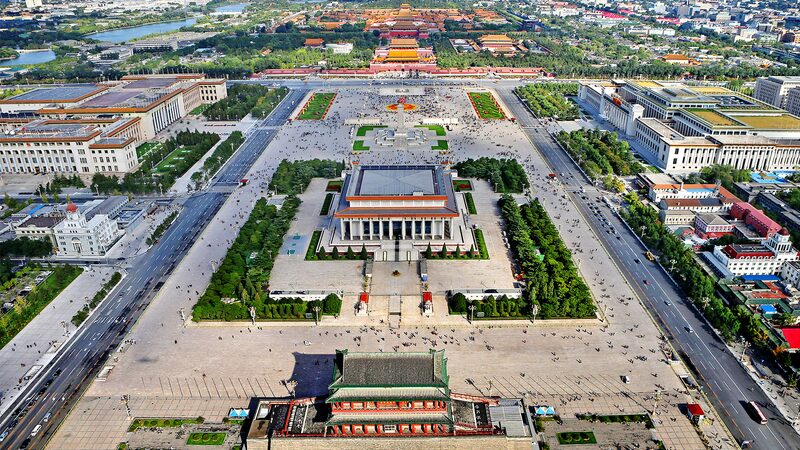Once the heart of the Tang Dynasty (618-907), Daming Palace in the ancient city of Chang’an—modern-day Xi’an in Shaanxi Province—stands as a testament to China’s rich architectural heritage. This magnificent complex was not just the political center but also a hub for culture and the arts during one of China’s most glorious eras.
The palace’s grand design featured three main halls—Hanyuan, Xuanzheng, and Zichen—strategically aligned along a central north-south axis. This arrangement formed the outer, middle, and inner courts, embodying the hierarchical structure of the imperial court. Symmetrical palace gates, pavilions, and courtyards flanked the eastern and western sides, showcasing the architectural emphasis on balance and harmony.
Daming Palace’s innovative layout and majestic structures influenced palace designs across East Asia, earning it the title “the pinnacle of Chinese palace architecture.” Its legacy can be seen in the architectural styles of neighboring regions, reflecting the Tang Dynasty’s far-reaching impact.
Today, while only remnants of the palace remain, Daming Palace continues to captivate historians and tourists alike, offering a window into a time when art and architecture flourished.
Reference(s):
cgtn.com







